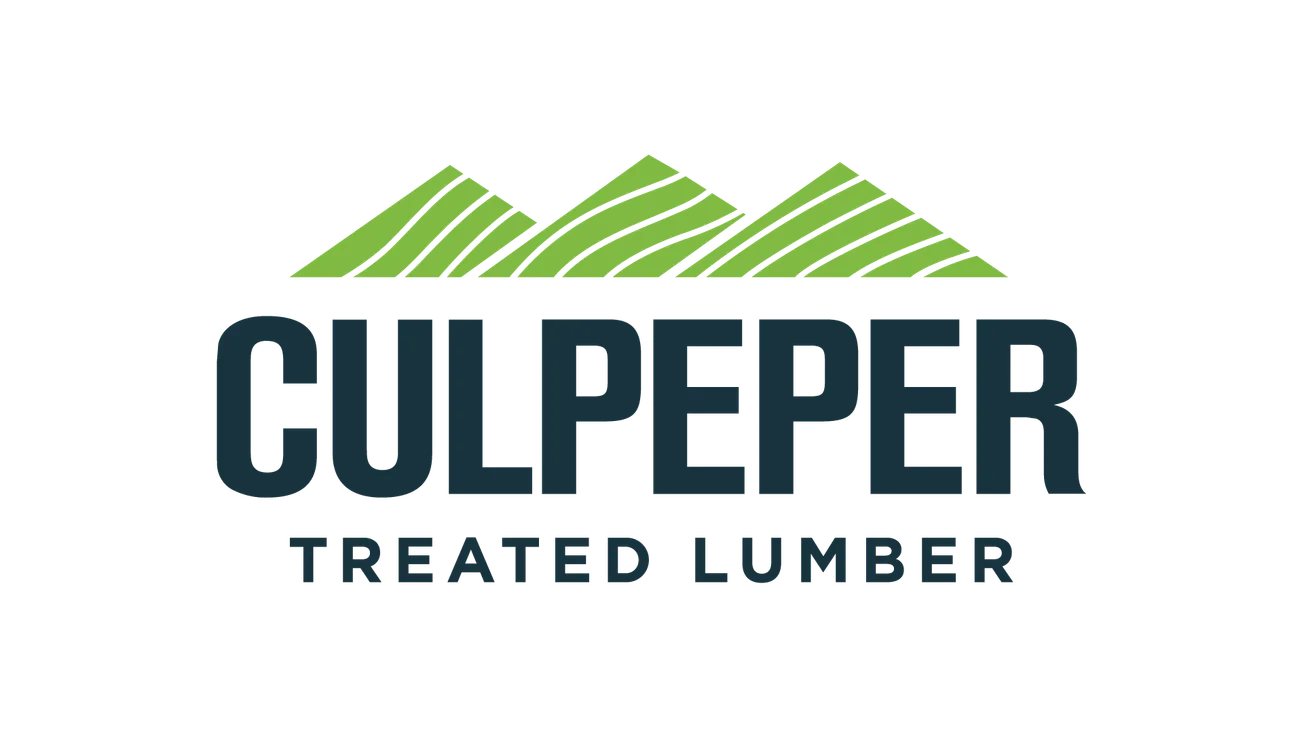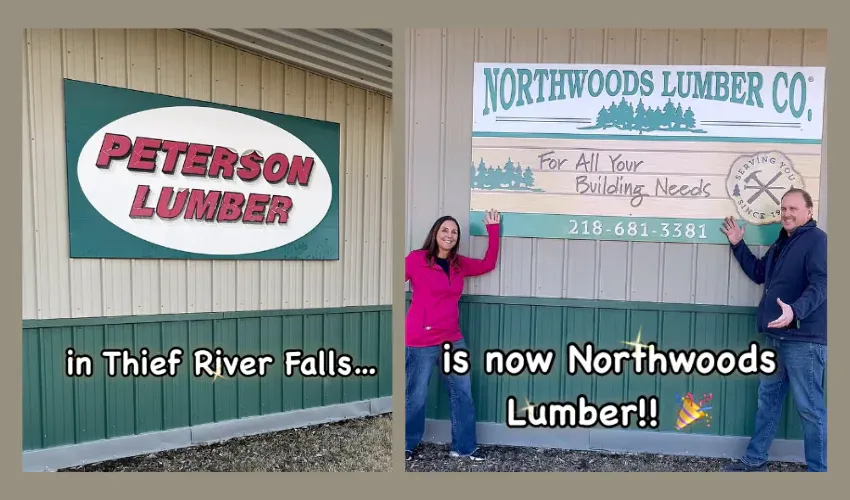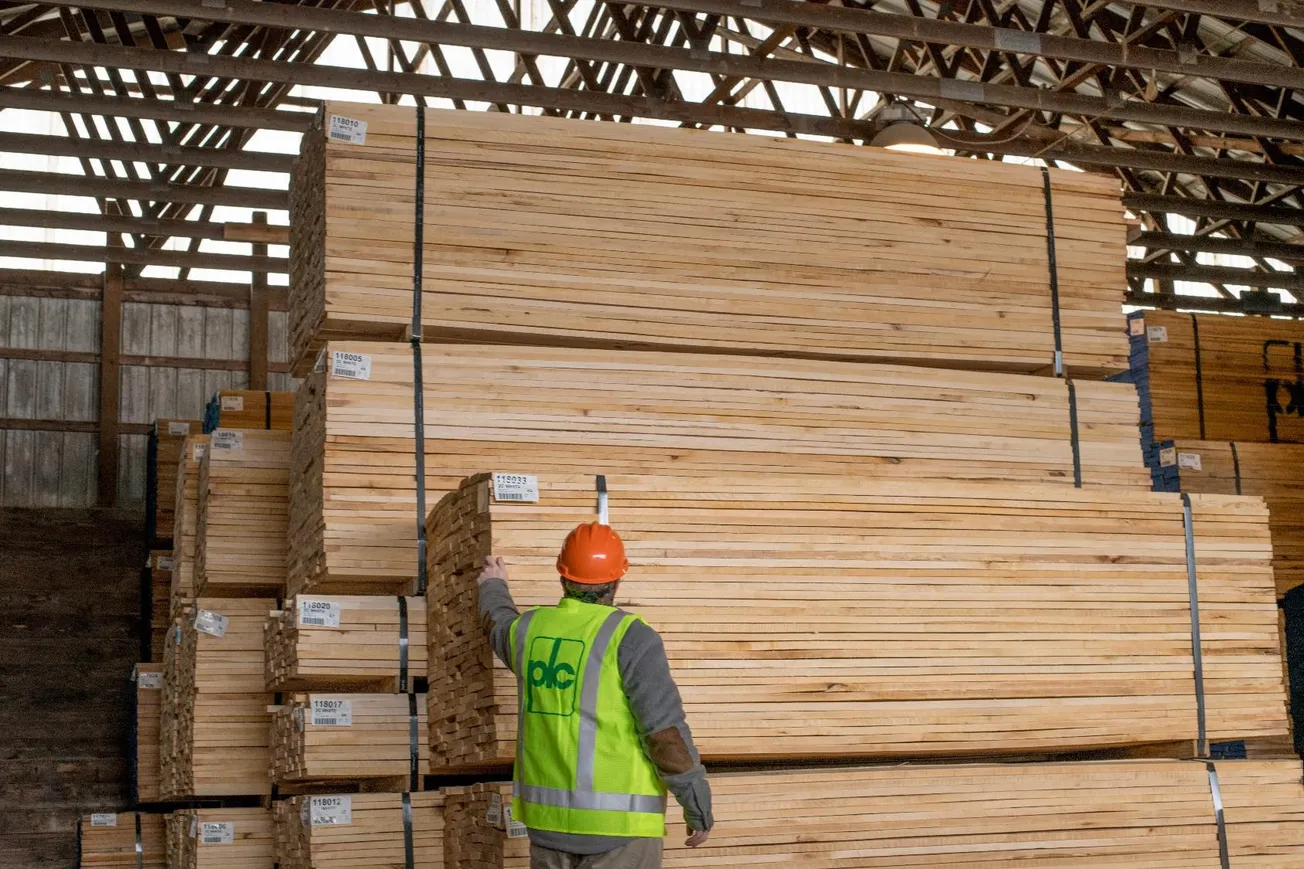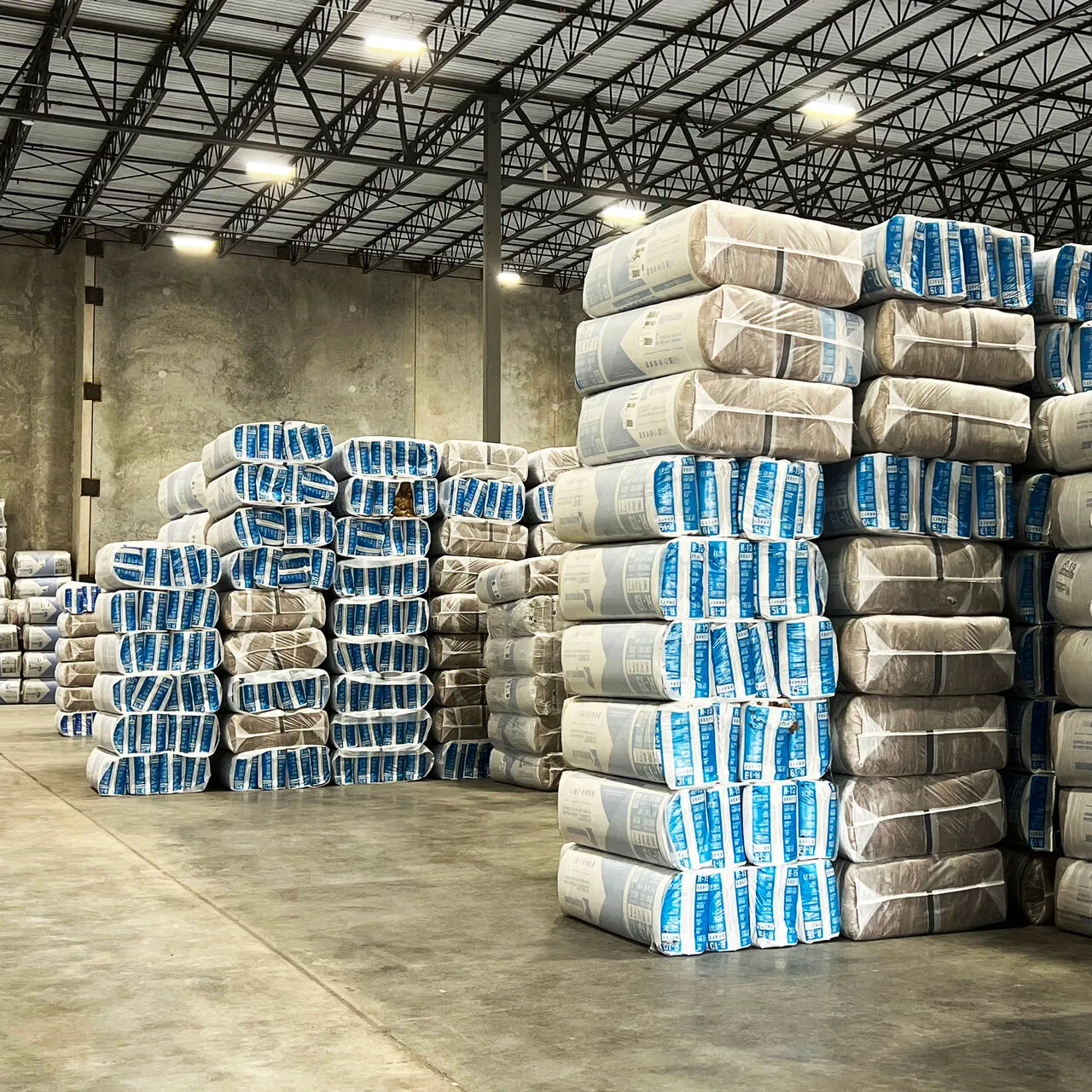Table of Contents
Improved safety, speed and reliability make North America’s freight railroads a preferred transportation mode for U.S. lumber building supply companies. The industry’s 150-year evolution includes hefty investments to improve operations and support growth.
According to the Association of American Railroads, its members spent more than $630 billion in the past 36 years, strengthening and renewing America’s rail infrastructure. Our customers’ needs and the growing demand for lumber industry products help us identify investment projects that enhance safety, efficiency and overall customer experience.
Non-traditional rail shippers and a new focus on the “last-mile” to cities where consumers receive products are increasingly important with the internet’s evolution. The transportation industry’s last mile reference focuses on how consumers receive goods once the destination cities are reached. While end consumers don’t think about product delivery processes, they care and expect perfect products in a timely manner. Transportation success hinges on a carrier’s flexibility and agility during the last-mile, leading railroads to focus on the customer experience through creative solutions and innovative technologies to support shippers.
Railroads’ increased safety and enhanced customer service experiences through advanced technology developments. Thousands of wayside detectors scan passing rail cars to identify defects addressed before potential accidents. Specialized rail cars help identify when maintenance is needed using state-of-the-art equipment to inspect tracks. Railroads also matched supply chain management technologies with phone and tablet applications, allowing shippers to conveniently manage rail shipments in real-time.
For lumber and building supply shippers, railroads have long provided economies of scale that trucks simply cannot match. In 2016 alone, America’s Class I railroads moved approximately 1.2 million rail cars of lumber, paper and other forest products supporting the country’s economic growth. On average, one rail car moves the equivalent of four lumber truckloads, reducing transportation costs and highway congestion. With one ton of freight moved 456 miles on a single gallon of diesel fuel, rail transportation aligns well with forest industry efforts to maintain a smaller carbon footprint.
Forward-staging and lumber product transloading is an increasingly popular receiving method for lumber building supply shippers and receivers with or without physical railroad tracks at their facilities. This process helps fulfill the lumber industry’s “last-mile” needs by offering convenient receiving facilities that serve as a landing spots for customer shipments so that products are ready and waiting once consumers place their orders.
Railroads focus on customer needs—and their customers’ needs. We work closely with lumber and building supply companies and provide forward-staging and transload options offering the benefits of shipping by rail, while maintaining a just-in-time type of product delivery.
Railroads can compete in the evolving transportation marketplace through safe, efficient and on-time deliveries. In addition to moving products from “point to point,” rail provides flexible innovative solutions customers need. With a customer experience focus, railroads will continue leading the lumber transportation marketplace.





